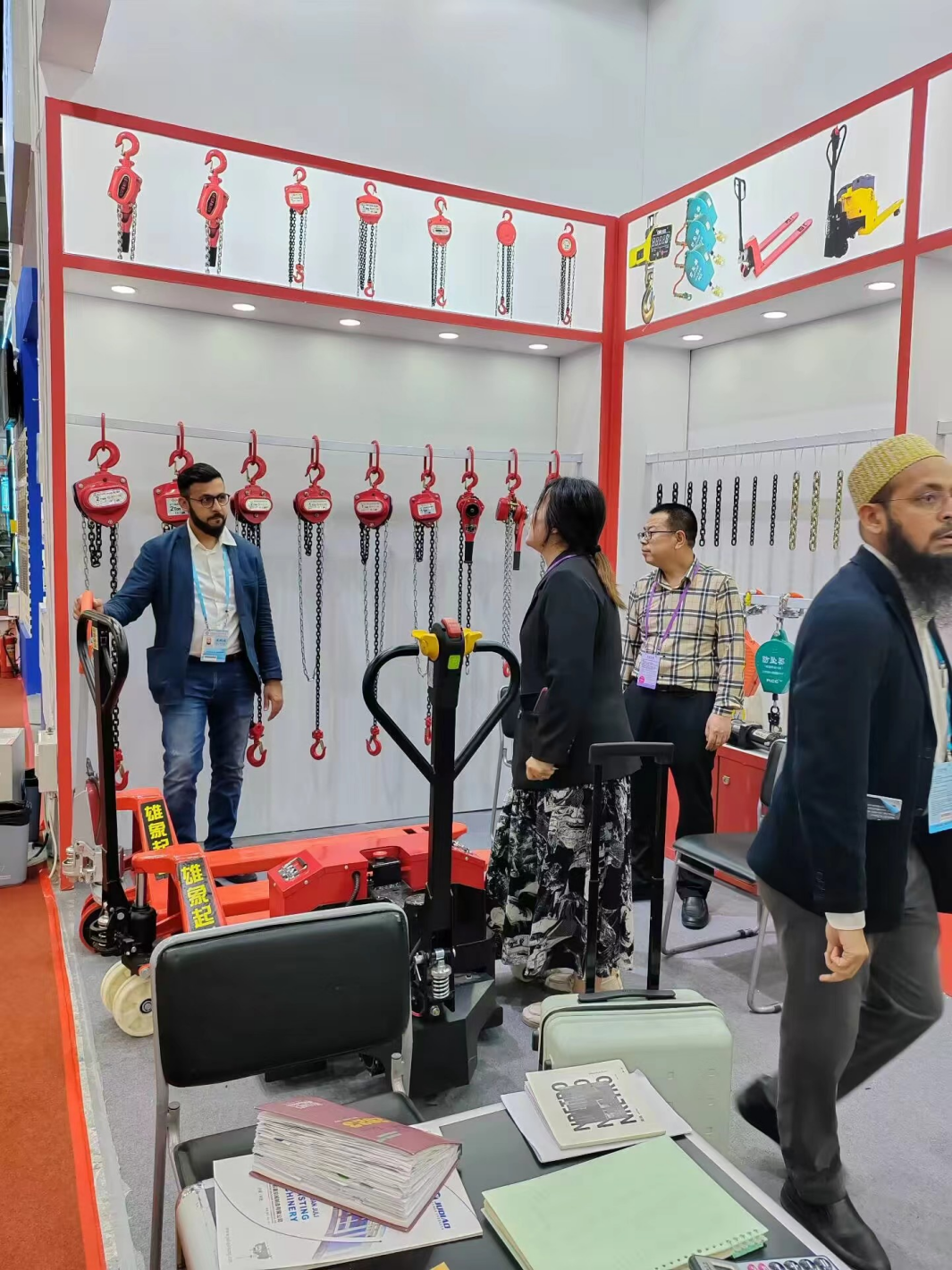


Understanding Fall Protection Frequently Asked Questions
In the realm of occupational safety, fall protection is a critical topic, particularly for industries that involve working at heights. The Occupational Safety and Health Administration (OSHA) mandates that employers provide appropriate fall protection systems to safeguard workers. Here’s a closer look at some frequently asked questions about fall protection to help you understand its importance and implementation.
What is Fall Protection?
Fall protection refers to a set of preventive measures designed to protect workers from falls when they are working at heights. This includes various systems and equipment such as guardrails, safety nets, and personal fall arrest systems (PFAS) to mitigate the risk of falls in the workplace.
Who Needs Fall Protection?
Any worker performing tasks at heights of six feet or more in the construction industry, or at heights of four feet in the general industry, requires fall protection. This also applies to tasks performed on ladders, scaffolds, rooftops, and elevated platforms. Ensuring fall safety is essential not only for construction workers but also for employees in maintenance, warehousing, and even healthcare sectors.
What Are the Different Types of Fall Protection?
Fall protection systems can be categorized into three main types
1. Preventive Systems These include guardrails and handrails installed to prevent falls from edges and openings.
2. Personal Fall Arrest Systems (PFAS) These systems, which include harnesses, lanyards, and anchor points, arrest a fall when it occurs, minimizing the impact on the worker.

Each of these systems has its own application based on the specific job site and level of risk involved.
How Do I Choose the Right Fall Protection System?
Selecting the appropriate fall protection system depends on a variety of factors, including the height of the work, the environment, and the nature of the tasks being performed. It's essential to conduct a thorough risk assessment and consult with safety professionals to determine the best solution. Employers should prioritize systems that comply with OSHA regulations and industry standards.
What Are the Training Requirements for Fall Protection?
Effective fall protection goes beyond equipment; it also involves training. Employers are responsible for providing proper training to employees on how to use fall protection systems effectively. This includes understanding how to wear and adjust harnesses, operate equipment correctly, and recognize hazardous conditions that could lead to falls. Regular refresher courses and drills will help keep safety top of mind.
What Are the Consequences of Not Implementing Fall Protection?
Neglecting to implement proper fall protection can lead to severe consequences, including injuries, fatalities, and legal ramifications. The financial impact can be substantial, not only from medical costs and worker compensation claims but also from possible fines for non-compliance with OSHA regulations. Creating a culture of safety that prioritizes fall protection can mitigate these risks.
Conclusion
Fall protection is an essential part of workplace safety, especially in environments involving elevated work. With the right systems in place, appropriate training, and stringent adherence to safety guidelines, employers can significantly reduce the risk of falls and create a safer working environment. Understanding and addressing fall protection FAQs serves as a proactive step toward ensuring the well-being of all workers. Remember, safety comes first, and it’s everyone’s responsibility to uphold these standards.



